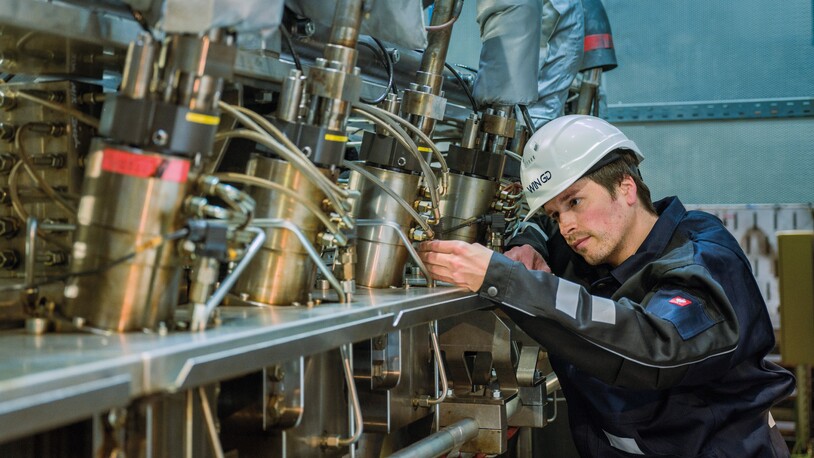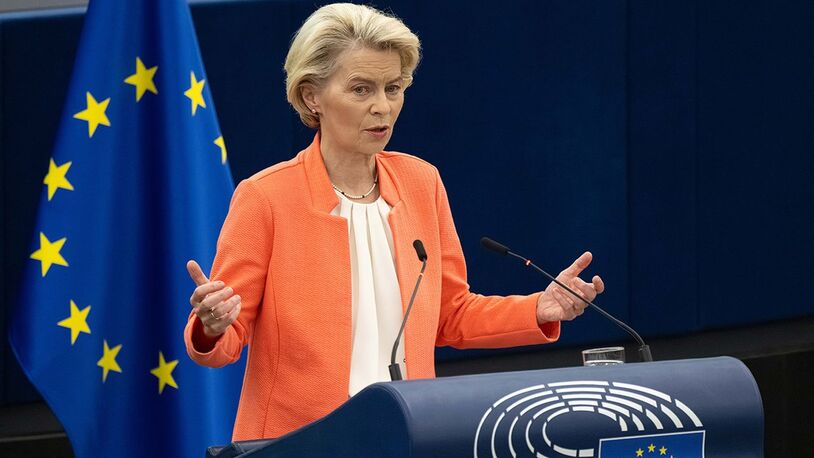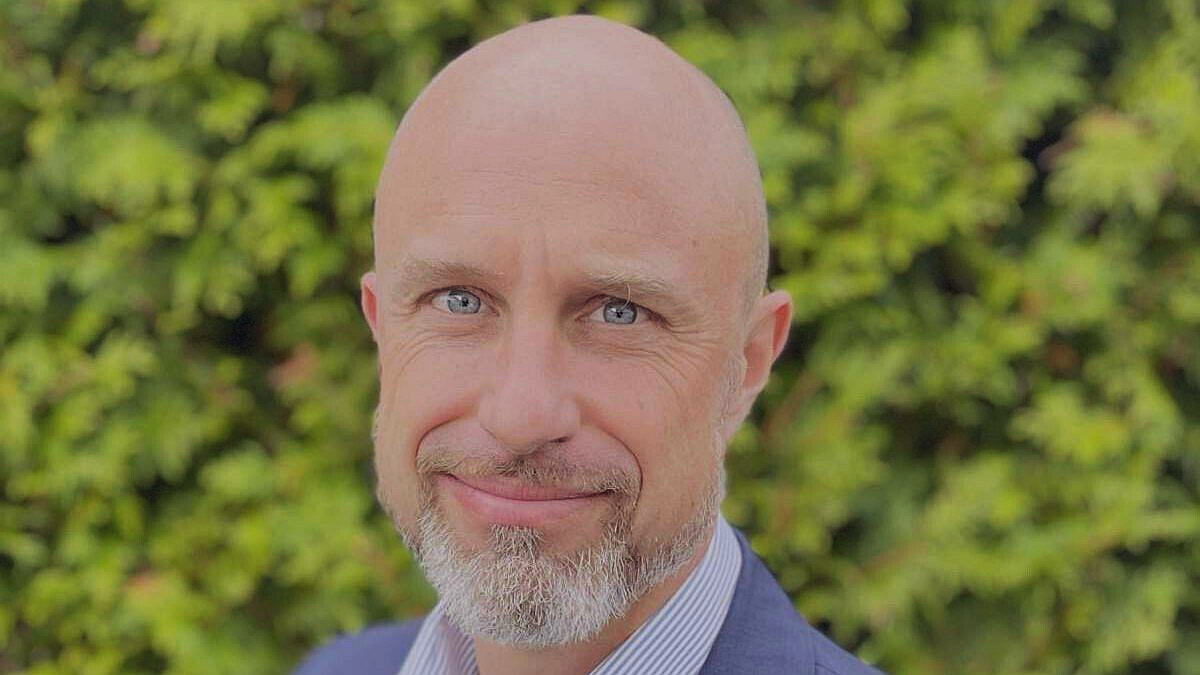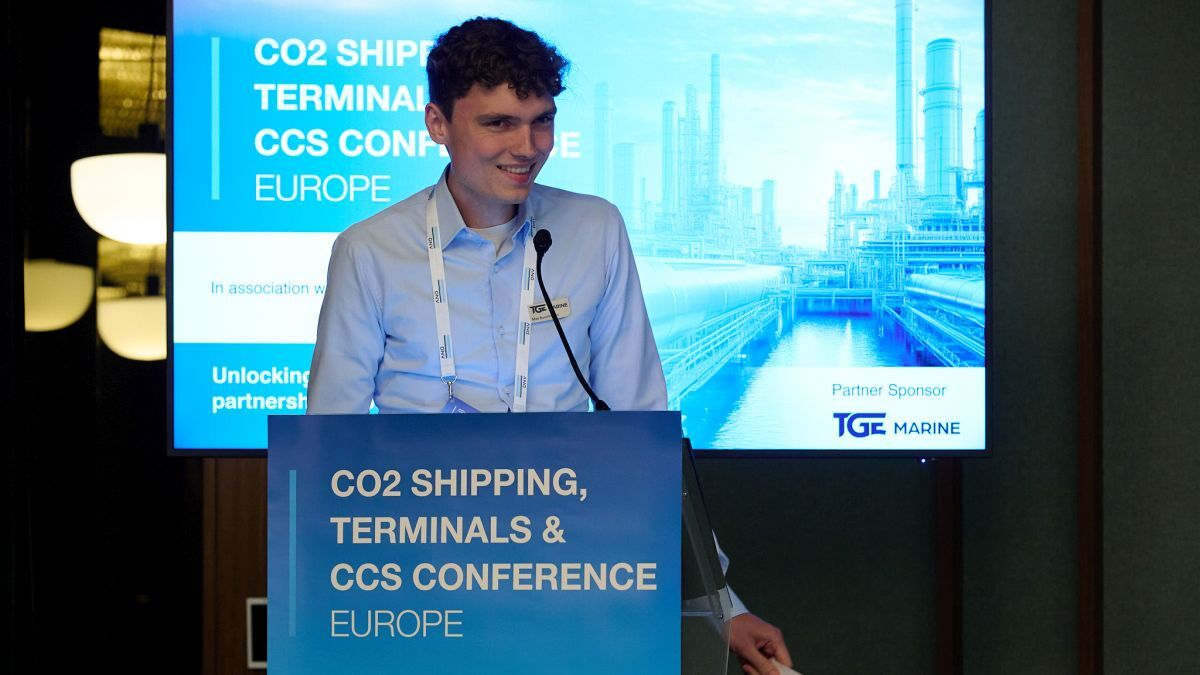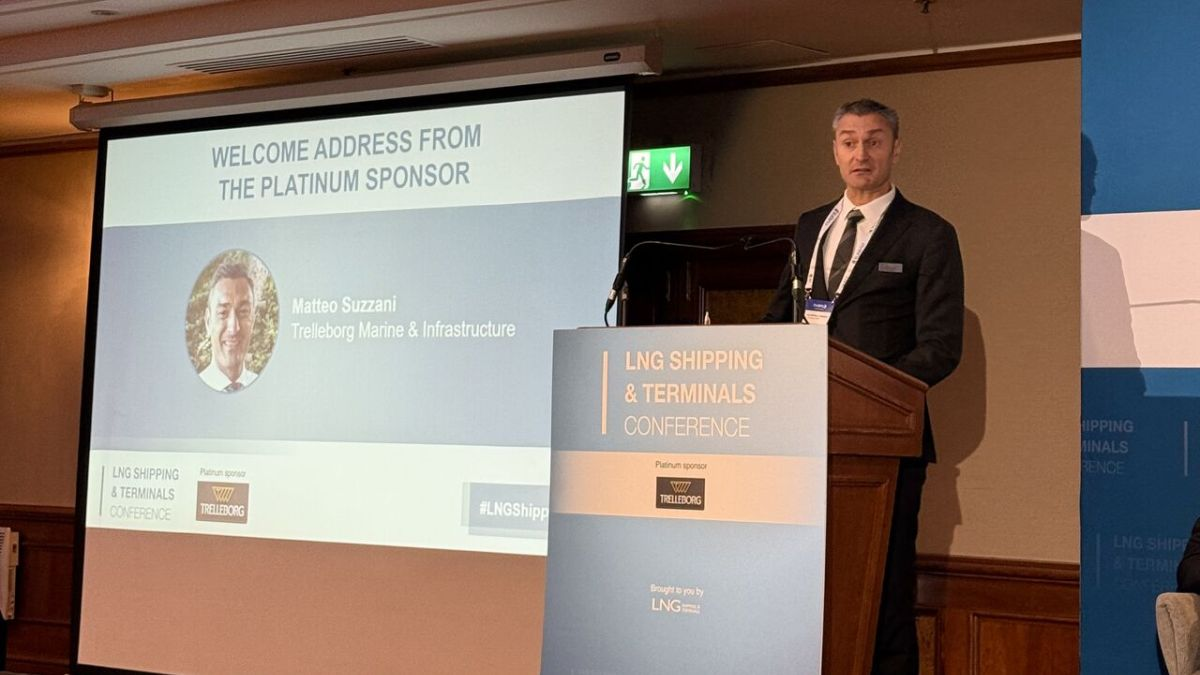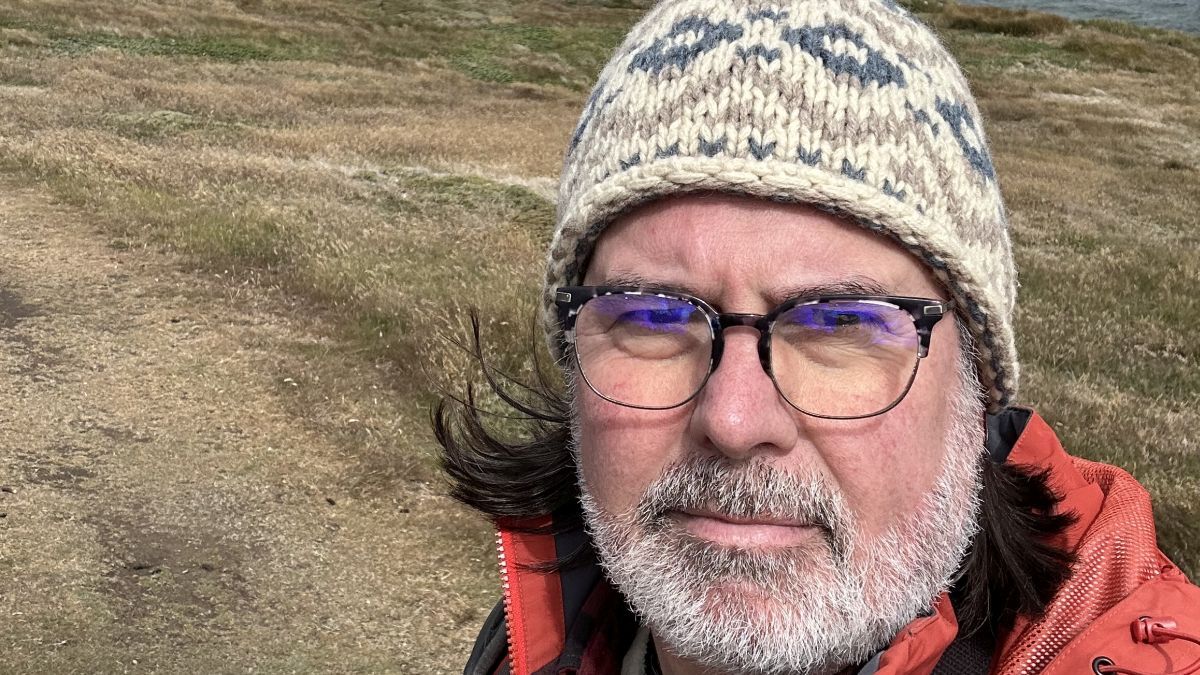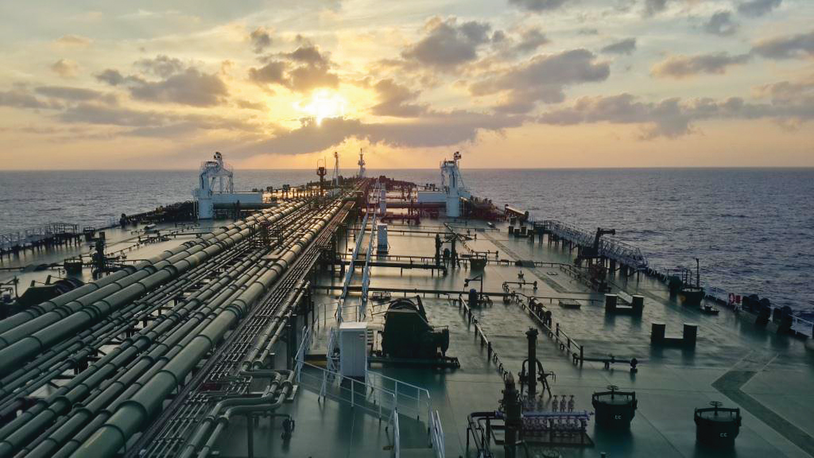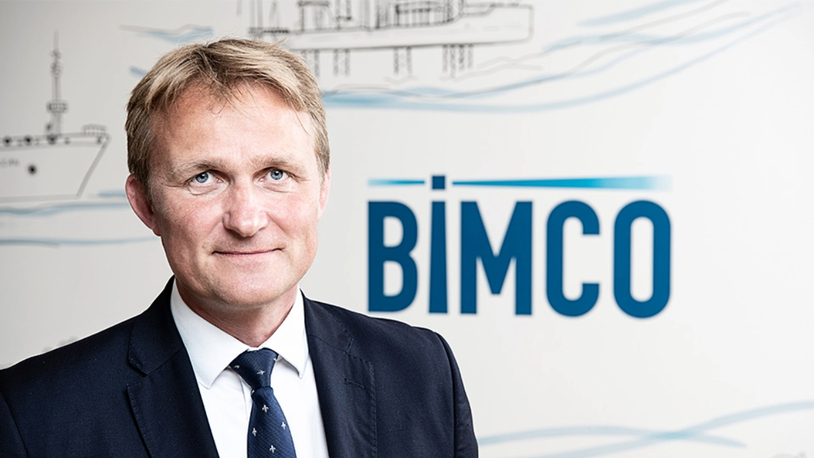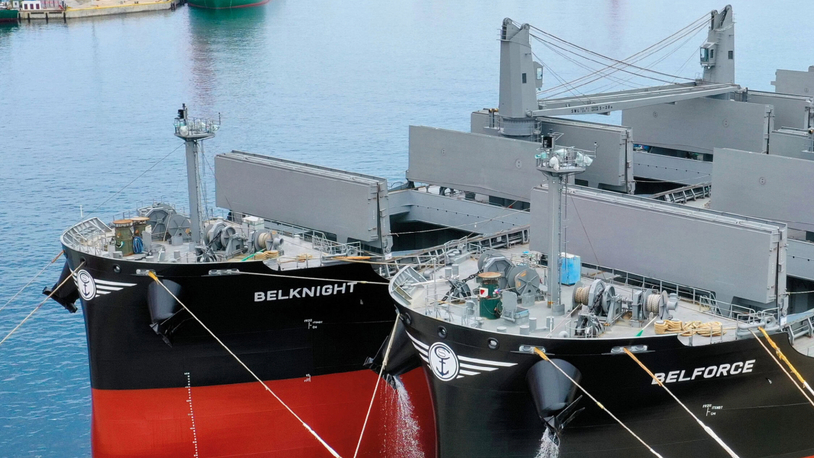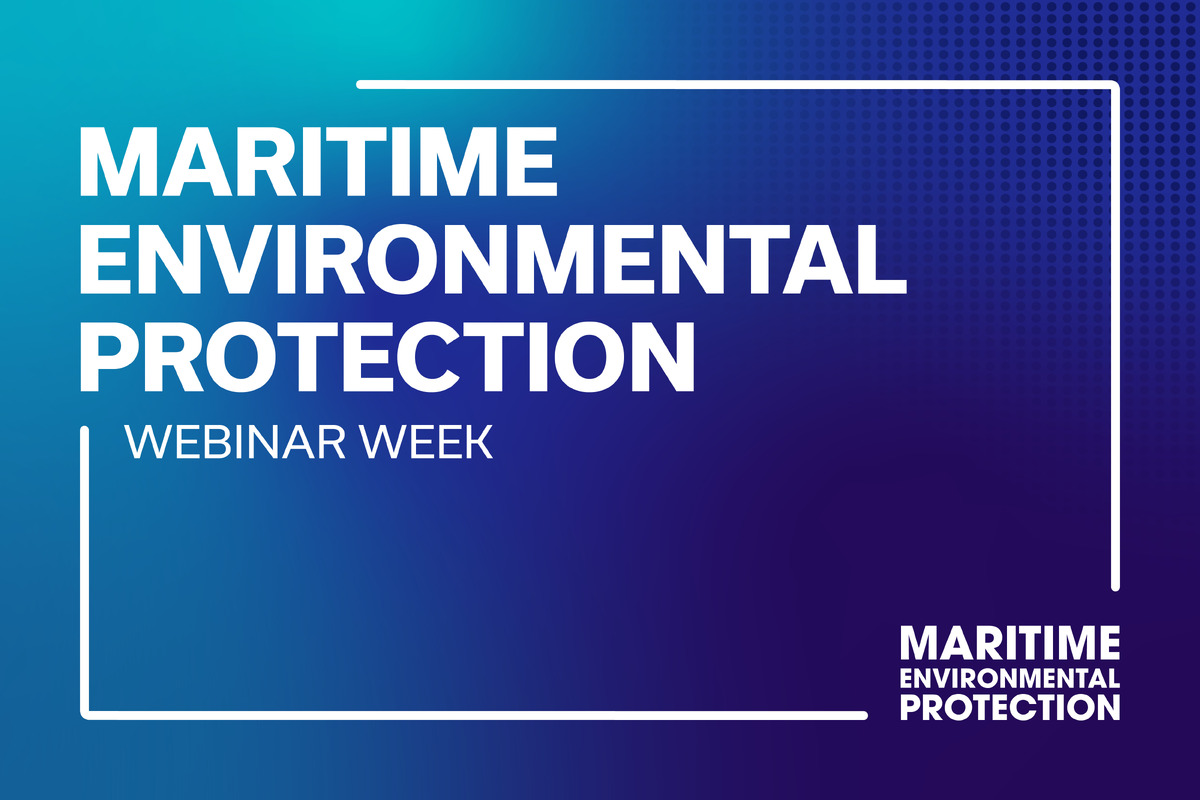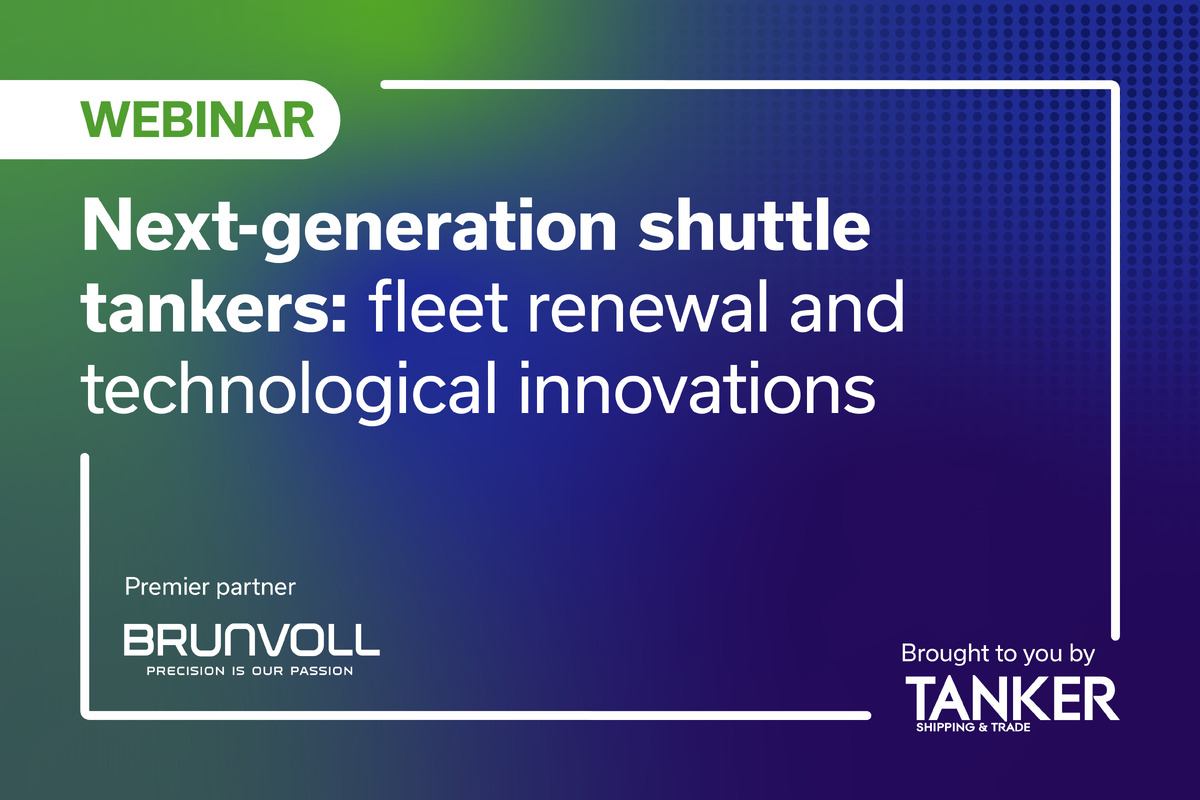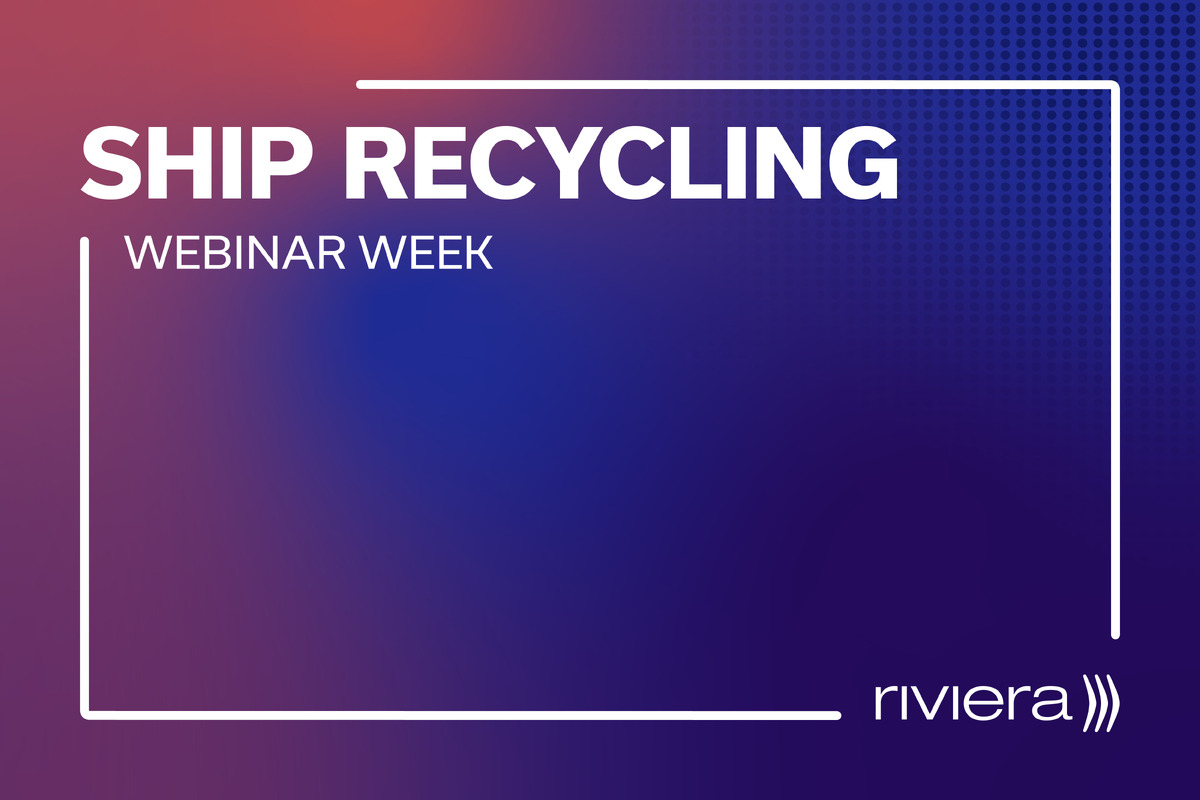Business Sectors
Events
Marine Coatings Webinar Week
Contents
Going green is a technical matter, not a marketing one
The idea that the shipping industry has reached a ‘turning point’ on environmental matters is being promoted for commercial and marketing ends, delegates at October’s Maritime Cyprus exhibition in Limassol were told.
The truth, argued industry association Intertanko managing director Katharina Stanzel, is far more prosaic. “Shipping is in a permanent state of adjusting and tweaking,” said Ms Stanzel. “What we are seeing today is not a turning point, but another step in a process that we have been following for many, many years.” Rather than turning, what the industry is actually doing is relabeling, she argued.
Ms Stanzel said the “eco label” was being used “for anything from really revolutionary new designs to some newbuildings that are little different from what is already on the water. Unfortunately ‘eco’ has become a really attractive buzzword, in particular for private equity investors that don’t know shipping that well and are lured by the promise of fuel efficiencies and savings and maybe cheaper operation of the ships that they are financing.”
Unfortunately owners are finding that some of these efficiency claims are inaccurate, and sometimes exaggerated. The temptation is to aggregate all of the claimed efficiency savings: whether it is 11 per cent on a streamlined new hull, 6 per cent saved by removing a bulbous bow, or 2 per cent by adjusting cargo heating, it gives a distorted picture of the true efficiency savings achieved. Ms Stanzel said that was something the industry needs to explain to the general public and to the regulators.
She also stressed that shipping is a commoditised business, and as such, charterers and shippers often do not differentiate between eco and non-eco tonnage: “They just go for what is cheapest.”
International Chamber of Shipping and International Shipping Federation secretary general Peter Hinchliffe took a different perspective on the central ‘turning point’ theme. He said the issues of shipping’s contribution to the global CO2 emission inventory and the efficiency of the world fleet have much more to do with politics and the wider UN Framework Convention on Climate Change debate than with the actual fuel consumption figure for the world fleet and the impact on the global environment of shipping’s CO2 emissions.
Mr Hinchliffe said: “I don’t think we are at a turning point but I do think that we are about to cross a watershed in two distinct senses. Firstly monitoring, reporting and verification of CO2 emissions in its most simplistic form provides a realistic way of gathering data on the actual fuel consumption of the world fleet. Individual companies have this already: if they didn’t, they wouldn’t be in business. But we do not have an accurate overall global figure. IMO has already set this part in motion by agreeing to revisit its 2009 fuel study. If we can gather this data, and we can, for a one-off study, we can also do it as a regular process to monitor fuel consumption. We have a documented legal requirement to retain bunker delivery notes, and this provides the only basis necessary for consumption measurement. As a reporting requirement, submitting these figures on an annual basis is far less onerous than any other option, so why fight against it? That takes care of monitoring and reporting verification. I do not see the need to pay an independent verifying authority to validate what is already required by Marpol Annex VI and open to port state control inspection.”
The second watershed Mr Hinchliffe referred to was the recent adoption of several environmental regulations. “As an industry, we have been at the mercy of political imperatives that had little time for the impact of the proposed regulation on the industry itself. It is difficult for an industry like shipping to influence the higher political agenda, but by being more proactive we may be able to deliver the requirement without being so much influenced by politics.” Or in other words, provide the answer first, and give the politicians the mechanism to deliver their objectives. This will leave them “with little to debate.”
Sounding a different note, International Association of Classification Societies chairman Roberto Cazzulo does foresee a turning point for the industry, albeit between 2025 and 2030. This is based on the IMO requirements that will take effect, requiring “some substantial changes to ship design and also the use of different or alternative fuels.” This means that the industry has to “push today’s naval architects to take a long-term view and not base their work on today’s results.” In other words, if a step change is needed, it is on how we go about designing ships of the future, today.
Picking up on this theme, Geir Høibye explained how Norway’s NOx-Fund (which he advises) had provided financing for the construction of 60 LNG-fuelled ships. “Whether all of them will be built in the end remains to be seen. But the debate in Norway has been on shipping’s environmental effect, and the NOx-Fund has helped provide the impetus for the manufacturers to develop the requisite technologies.”
Clarksons Research Studies’ Martin Stopford argued that rather than reaching a turning point on environmental issues, the industry was in fact playing catch-up. “When you actually look at the numbers, they are a bit disappointing. A Panamax bulker delivered in the mid- to late 1980s was burning 34–35 tonnes a day and that is not so different to what has been delivered recently. As an industry, we have not put an awful lot of resources in the last 20 years into actually improving the efficiency of ships.”
Dr Stopford suggested that any turning point might not hinge on the technology, but rather the technical expertise of the industry’s personnel. “As an industry do we have enough technical depth to actually do the sorts of things you need to do to run the ships efficiently? We have developed a terrific financial resource – everyone knows how to do bonds and an IPO nowadays, but do we have the engineers capable of operating the technology?”
Responding, Ms Stanzel said Intertanko members’ adoption of Tanker Energy Efficiency Management Plans since 2009 had resulted in companies reporting 5–10 per cent savings on their 35 tonnes a day fuel consumption. “It isn’t a miracle but it is definitely a reduction, and I think that is an important point to make,” she said.
On Dr Stopford’s competency question, Ms Stanzel said companies of all sizes banded together in trade associations in order to share best practices for the common good. “It is surprising to what extent technical information is shared, given the huge competition on a commercial level.”
Ms Stanzel did acknowledge a diminishing amount of engineering empathy or “engineers that are able to take a screwdriver to the engine, listen to it and say we need to tweak that because that is where the savings come from.” But this was increasingly offset by crew knowledge of the vessel and how it operates, which allows them to tweak the systems on a daily basis. “It is very, very small stuff but it all adds up,” she said.
A Cyprus-based solution to ballast water treatment
From its Cyprus base, the Flow Water Technologies Group intends to entirely manufacture “the most energy efficient, compact and cost-effective ballast water treatment system the market has seen.”
The FlowSafe modular electro-chlorination ballast water management system uses a combination of two methods of treatment. The first is a low-energy frequency seawater conditioning unit on the main ballast water fill line, which the company says eliminates the need for filtration. The second is the production of concentrated sodium hypochlorite from sea water using a high-capacity electro-activation cell.
“We have got to go through the IMO procedure, and have engaged with the Department of Merchant Shipping here in Cyprus as part of this procedure,” says Flow Water Technologies CEO Mark Hadfield. “We are hoping that in the next 12 to 18 months we have full IMO and US Coastguard approval as well.” Mr Hadfield says that in every test conducted so far, the company has been “extremely successful” in going for a total kill rate.
The system’s Sea Water Conditioning Unit causes calcium bi-carbonate to revert back to its carbonate form. Crystals form on other ions in the bulk of the water and not on to the ballast water tank and piping, meaning they remain in suspension until discharge. This reduces the growth sites for bacteria and stops deposits forming in the ballast water tank, and creates a bio-diverse environment for mussels and zoo plankton in which they are unable to host themselves and are more vulnerable to the effects of sodium hypochlorite dosing. Using this technology eliminates the need for filtering the ballast water.
The Electro Chlorination Unit (ECU) uses only sea water and a high-capacity hybrid electro-activation cell. The ECU takes a feed from the sea water via a washable filter. The ECU is designed using compact modular cells in order to meet the required capacity.
When Tanker Shipping & Trade met Mr Hadfield in October, he said the company was looking to replace an investor who had withdrawn from the business to concentrate on its core activities. “We are in a slightly slower mode at this moment in time, but at Maritime Cyprus the engineers have come to our stands, returned with their managers – who in turn brought their owners. They have been impressed by the fact there is no filtration, no pipework reconfiguration, no back pressure issues and no re-plumbing.” He concluded: “The level of support for what we are trying to do here in Cyprus is phenomenal.” TST
Related to this Story
Events
Marine Coatings Webinar Week
Maritime Environmental Protection Webinar Week
Ship Recycling Webinar Week
© 2024 Riviera Maritime Media Ltd.

